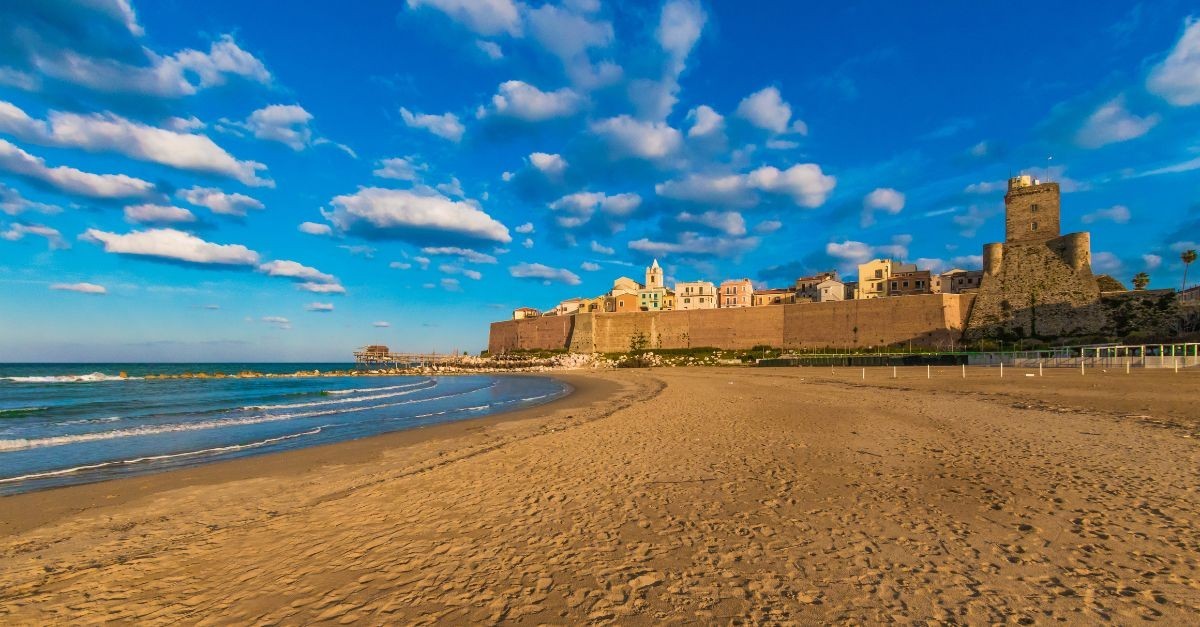
Located between the Apennines and the Adriatic, Molise features stone hill towns that watch over olive groves and a quiet coastline. Life ambles along in Campobasso and the fishing docks of Termoli, with truffles, bean stews and moreish local wines. Living in Molise means breezy beaches, mountain air and proper small‑town rituals.
Is living in Molise a good fit?
Living in Molise suits anyone after a quieter, good‑value base with real Italian daily life. Housing is generally affordable, communities are tight‑knit, and the food scene leans local and seasonal. Trade‑offs include a smaller job market, patchy public transport away from main routes, Italian as the day‑to‑day language, and colder, sometimes snowy winters inland.
Cost of Living in Molise
Day-to-day expenses are kind to the wallet here. Think €15 for a cheap main course at an inexpensive restaurant, about €70 for a meal for two at a mid‑range spot, €2.50 for a beer out, and roughly €1.40 for a coffee. A loaf of fresh white bread costs €1.90.
Getting around is affordable with a monthly public transport pass at €22.15, while a monthly gym membership averages €45. Basic utilities for an 85 m² flat typically range between €100 and €200 per month. Compared with big‑city Italy, this paints a low to moderate cost of living in Molise, notably cheaper than Milan or Rome and closer to other southern inland areas.
As for housing, as of August 2025, property prices in Molise averaged around €923 per m². Rent prices in Molise averaged €7.2 per m² in the same month, so an 80 m² apartment would typically cost about €576 per month. This is well below the going rates in major urban markets, with purchase and rental budgets stretching further here than in northern hubs and even places in the south.
1 euro houses in Molise
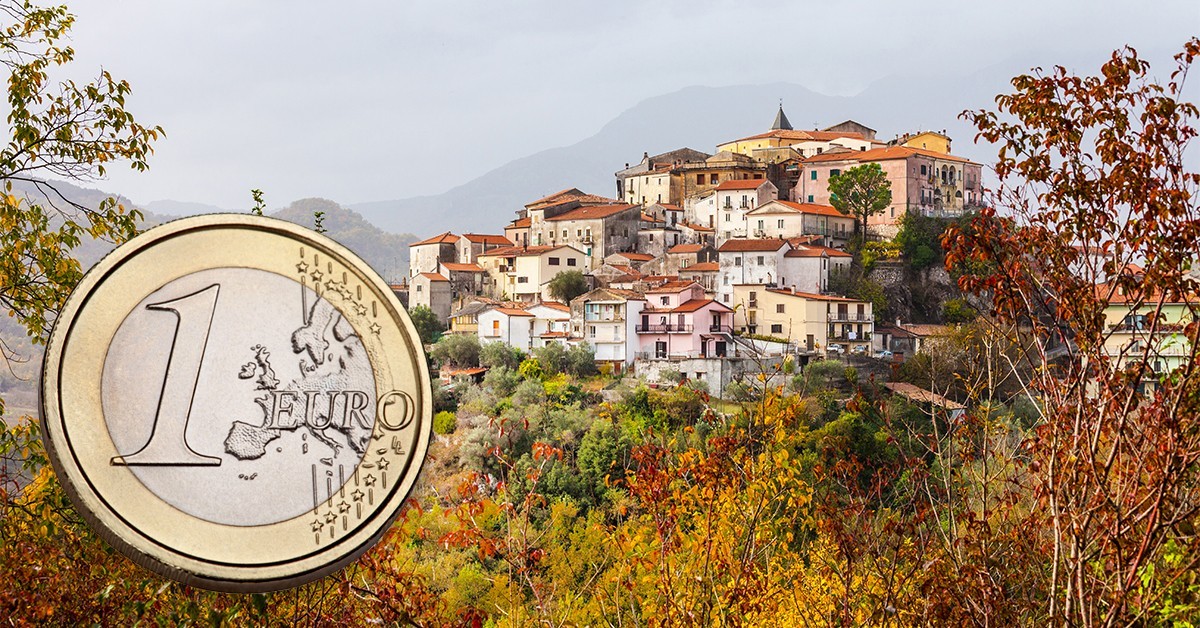
Although quite new to the project, Molise is firmly on Italy’s €1‑house map for 2025, with two small, close‑knit communities taking part.
- Petrella Tifernina — classic stone lanes above the Biferno valley with a slower pace and renovation potential.
- Castropignano — hilltop scenery beneath a medieval castle, with heritage houses suited to full rehabs.
Best places to live in Molise
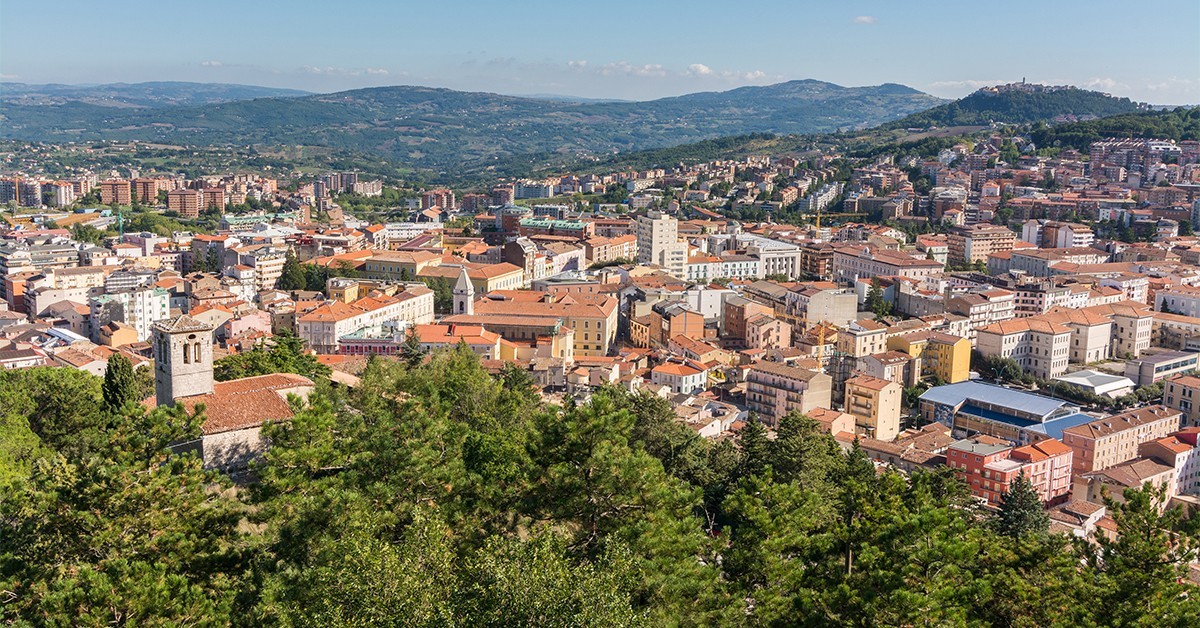
Campobasso
The regional capital has the widest choice of shops, healthcare and schools, plus the University of Molise. Daily life clusters around the centro storico and the Vazzieri area.
Hills mean colder winters and plenty of steps, but you get proper neighbourhood habits, decent buses and easier admin via regional offices. Expats tend to start here for the admin and transport, then decide if they want the coast or the countryside.
Termoli and the Adriatic
A liveable port town with sandy beaches, a photogenic old quarter and summer buzz. You'll find premium properties along the seafront and in the old town. Look for housing in nearby Campomarino and Petacciato for more space and calmer streets.
Good for people who want walks by the water and easy weekend ferries across the Adriatic in season.
Isernia and Alto Molise
Isernia gives you a compact centre, rail links and quick escapes to hiking areas. Winters are crisp, with occasional snow. Nearby Agnone - the cheapest place to buy property in the region - and Capracotta lean rural and outdoorsy—great for quiet, starry nights and cheese-and-truffle markets.
Expect car dependency and slower admin, rewarded by strong community ties and lower prices than the coast.

Larino and the Biferno Valley
Larino blends Roman ruins and honey‑coloured streets with olive country vistas. You'll find weekly markets and festivals add rhythm. Families like the calmer pace and house-with-a-terrace options, plus commuting to Termoli or Campobasso is doable by car.
Good value compared with the coast, with character homes in the historic centre.
Venafro and the western gateway
Border-town base with quick road links towards Rome and Naples. Practical for hybrid workers and frequent travellers. Urban fringe feel in parts, but olive groves and mountains are minutes away.
Prices are sensible; check traffic on main arteries if you’re near the through‑routes.
Bojano and the Matese foothills
Bojano sits under the Matese massif and is the cheapest area to buy property in the province. Expect hiking, spring water, and mountain drives as part of your weekend routine. Winters can be nippy; factor in heating and check insulation and boiler type before signing.
This area suits remote workers who want calm and easy nature access.
Lakes and countryside: Guardialfiera and nearby villages
Guardialfiera overlooks a wide, peaceful lake. You trade big‑city services for space, views and neighbourly routines. The internet can vary, so ask about fibre or 4G/5G backups, and check winter road access.
Best for long‑term settlers who are happy to drive and lean into village life.
Weather in Molise: seasons, temperatures and snow
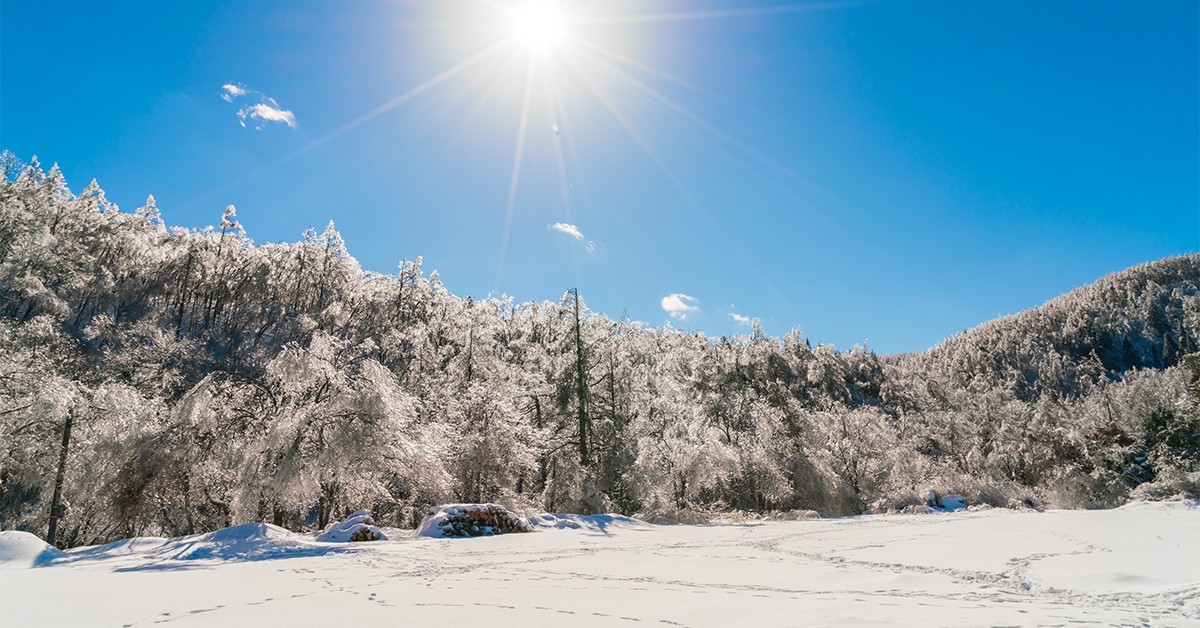
Molise splits neatly between the Adriatic coast and the Apennine interior. Along the sea, the climate is Mediterranean, with breezy, bright summers and relatively mild, damp winters. Inland, the air is cooler and crisper, with a more continental feel and a real winter.
Winter on the coast usually means daytime highs around 9–12°C and nights that sit nearer 4–7°C. Up in Campobasso and the hill towns, expect daytime temperatures of 4–8°C and frequent nights around freezing. Summer by the sea tends to bring highs around 28–31°C with some humidity. Inland towns are a touch cooler by day, often 26–30°C, with fresher evenings thanks to altitude.
Snow does visit Molise. The higher spots, such as Capracotta, Campitello Matese and the Matese slopes, see reliable snowfall between mid‑December and March, drawing skiers and cross‑country fans.
Living in Molise: pros and cons
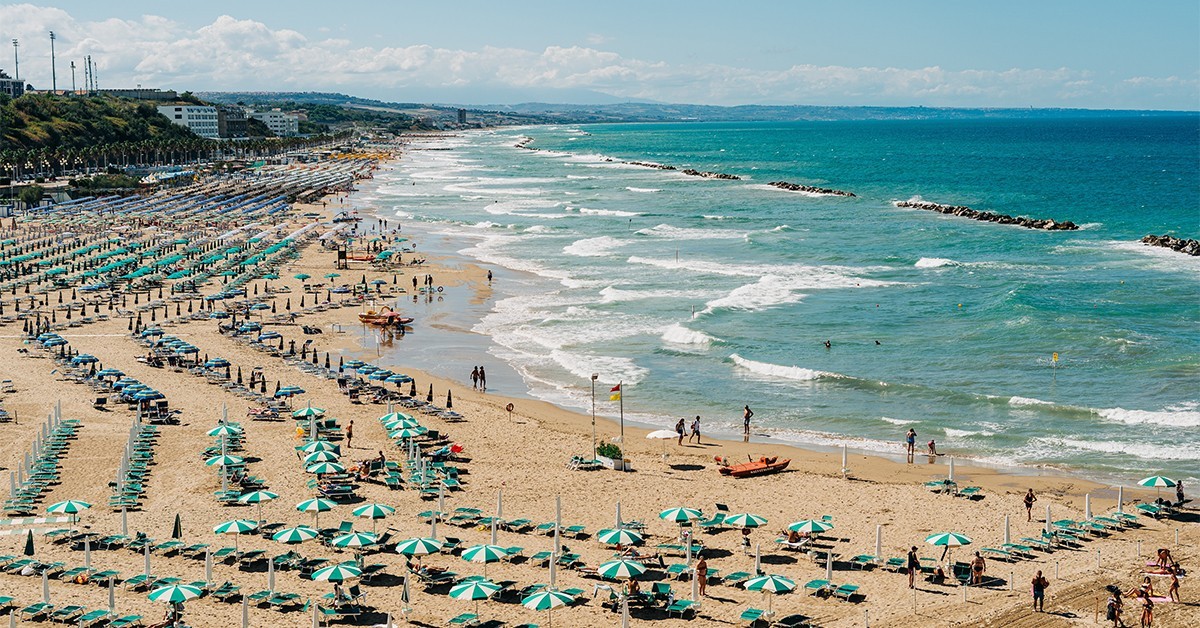
Molise rewards anyone who values breathing room and a slower, community‑minded rhythm, though there are a few trade‑offs to keep in mind.
Some of the pros of life in Molise include:
- Low population density and clean air, with quiet streets, little congestion and a gentler pace than Italy’s big cities.
- A generally lower cost of living, with affordable dining, utilities and housing compared with Rome, Milan or Florence.
- Nature on the doorstep: Adriatic beaches, Apennine trails and snow days in the highlands, plus strong food traditions and neighbourly piazza life.
Some of the cons to weigh up:
- A smaller job market and fewer English‑speaking roles. Remote workers and small business owners tend to do best.
- Limited public transport once you’re outside main towns, so a car is close to essential, especially in winter for inland areas.
Things to do in Molise
Molise rewards slow travel and little obsessions: hill‑town rambles, seaside strolls and heritage that hasn’t been over‑packaged. Big dates on the calendar matter: the Processione dei Misteri in Campobasso, the torchlit ’Ndocciata in Agnone, and springtime Carresi ox‑cart races.
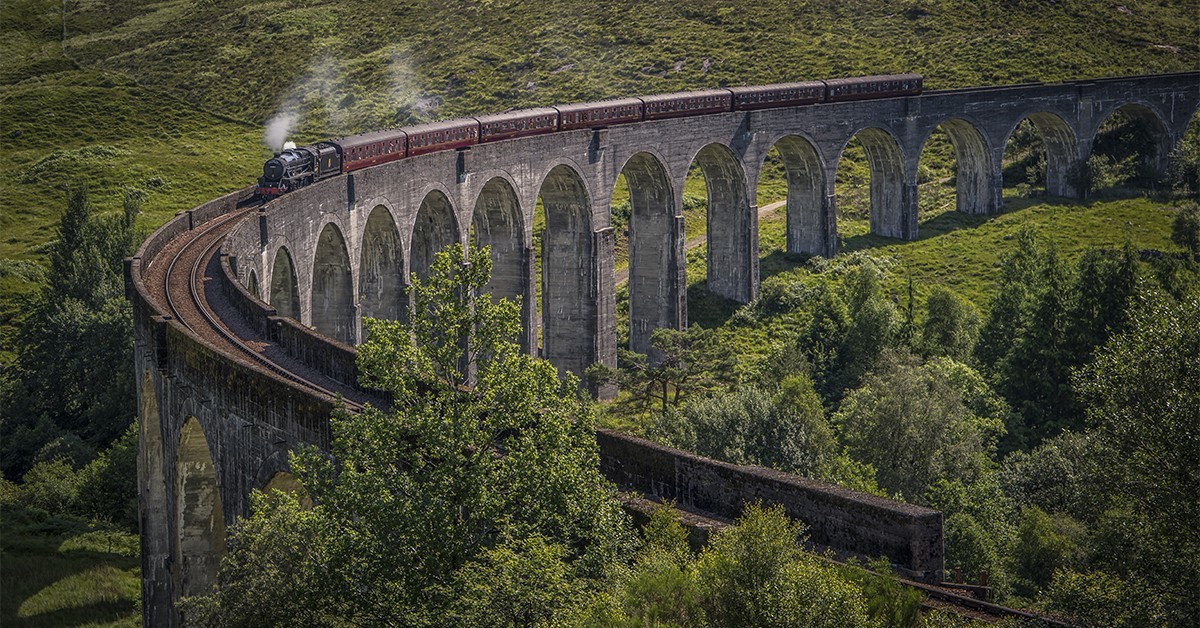
- Termoli’s old town and the Adriatic: wander the borgo’s lanes to the Castello Svevo, dip into sandy beaches and hop on a ferry to the Tremiti Islands.
- Saepinum (Altilia): one of Italy’s most evocative Roman towns, with forum, theatre and gates set in open countryside where shepherds still pass; quiet, atmospheric and easy to explore.
- Campitello Matese and Capracotta: crisp mountain air for hiking in summer and reliable snow in winter, plus cross‑country trails and wide views across the Apennines.
- Taste Molise: truffle walks around San Pietro Avellana, nutty caciocavallo from Agnone, and a glass of inky Tintilia del Molise with rustic pasta like sagne e fagioli.
- Agnone craft heritage: visit the historic Marinelli bell foundry and its small museum, then linger over the old centre’s stone streets and cafés for a very Molise afternoon.
Living in Molise
Life here revolves around the table and the town square, making it a great spot for retiring in Italy. On the coast, you’ll find hearty fish stews, while inland it’s truffles and spicy pampanella pork at village feasts. SipTintilia del Molise with an early‑evening aperitivo, learn the rhythm of weekly markets, and expect many shops to close after lunch before reopening late afternoon. Sundays lean family‑first with long lunches, winter means pellet stoves and village bars packed for football, and summer evenings drift into the piazza with gelato.
Italian carries daily life, but you’ll hear local dialects, plus minority languages in a few towns. For example, Molisano‑Croatian is spoken in Montemitro, Acquaviva Collecroce and San Felice del Molise.
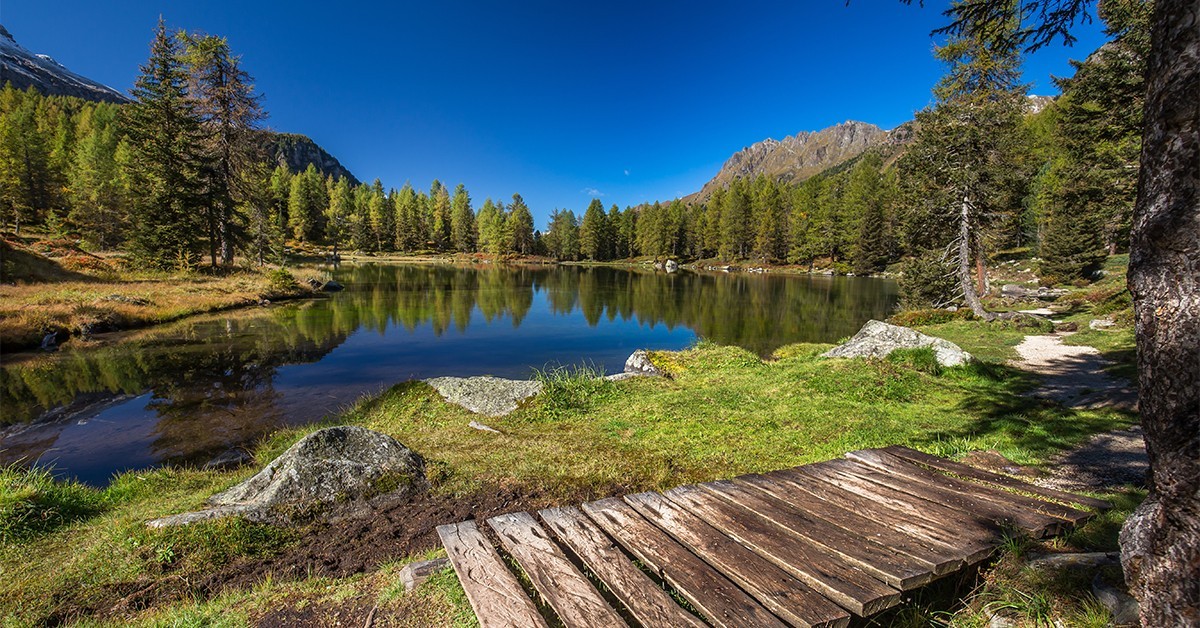
Stay in the know about living in Italy as a foreigner—get our weekly newsletter for the latest travel, legal, and lifestyle news.
For a taste of the high life, sign up for the monthly luxury market round-up.
